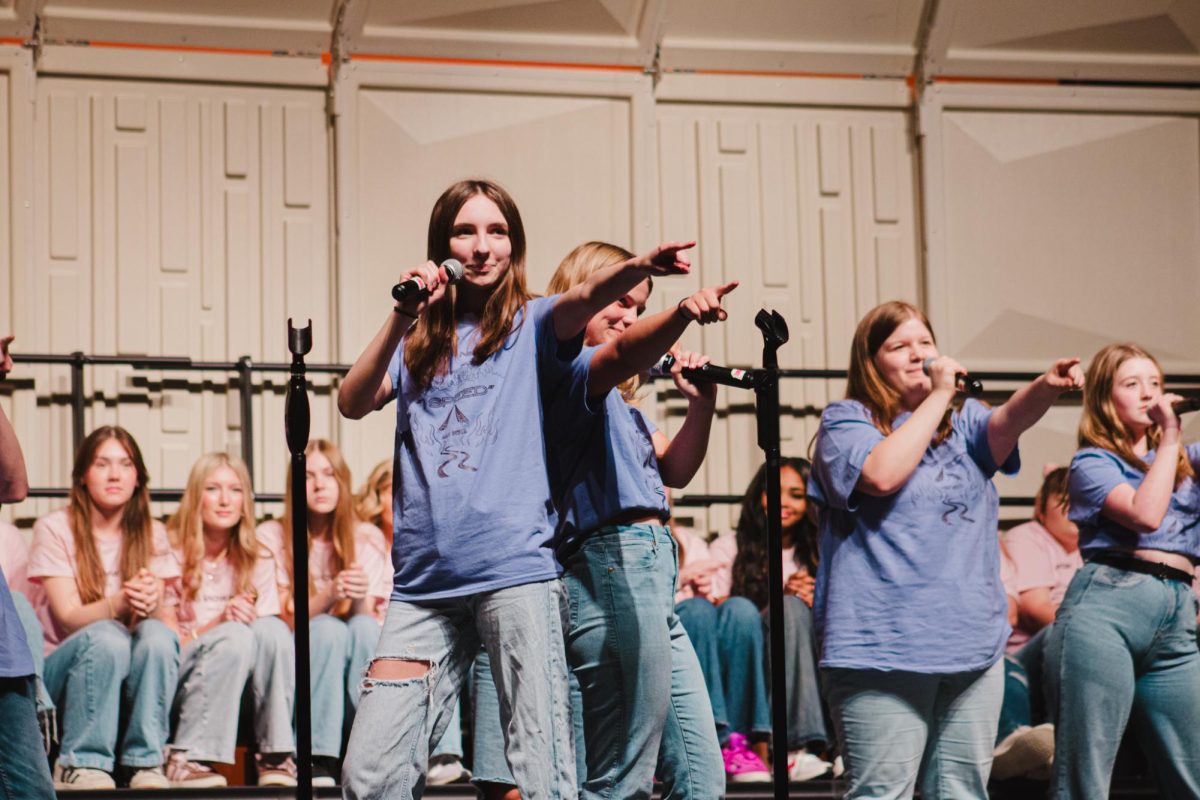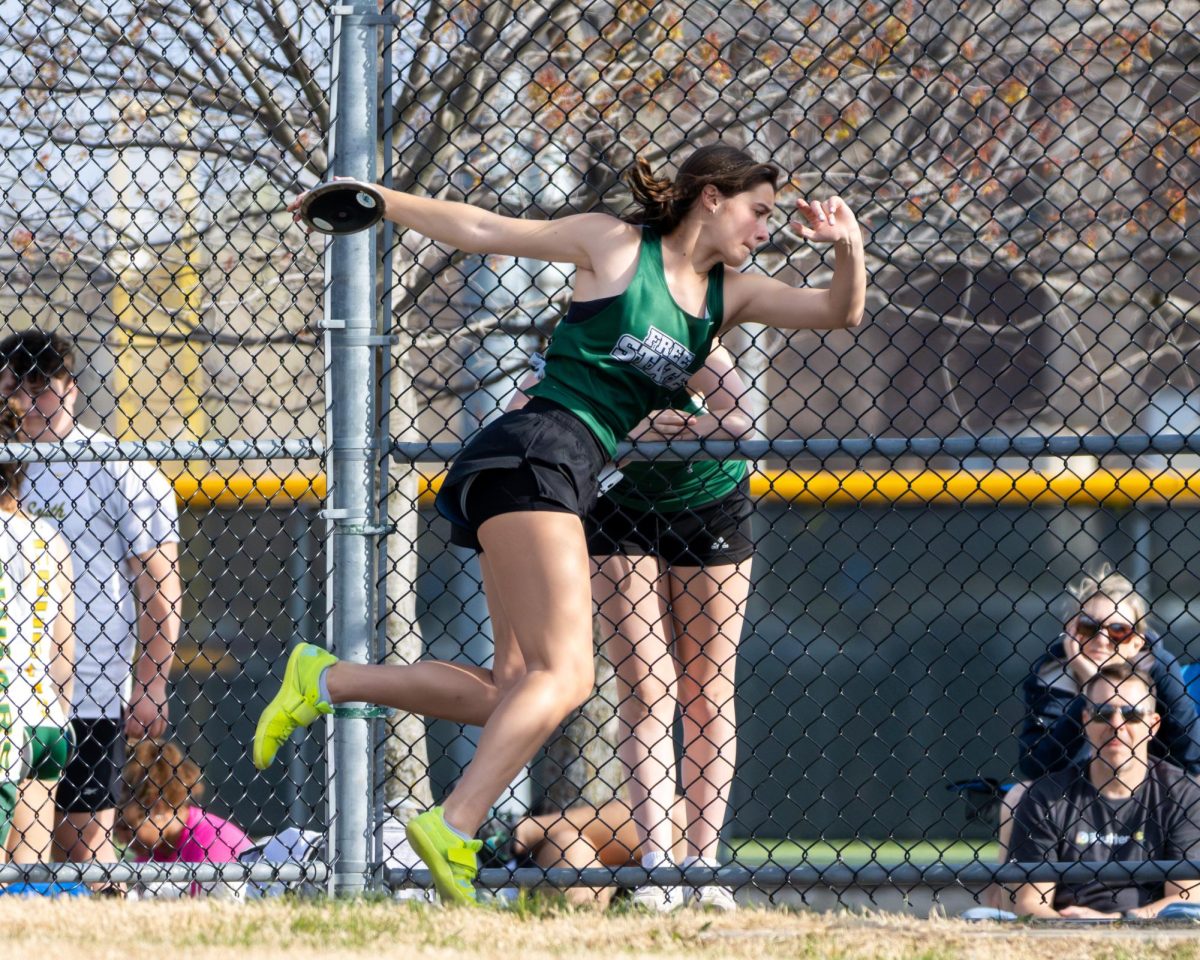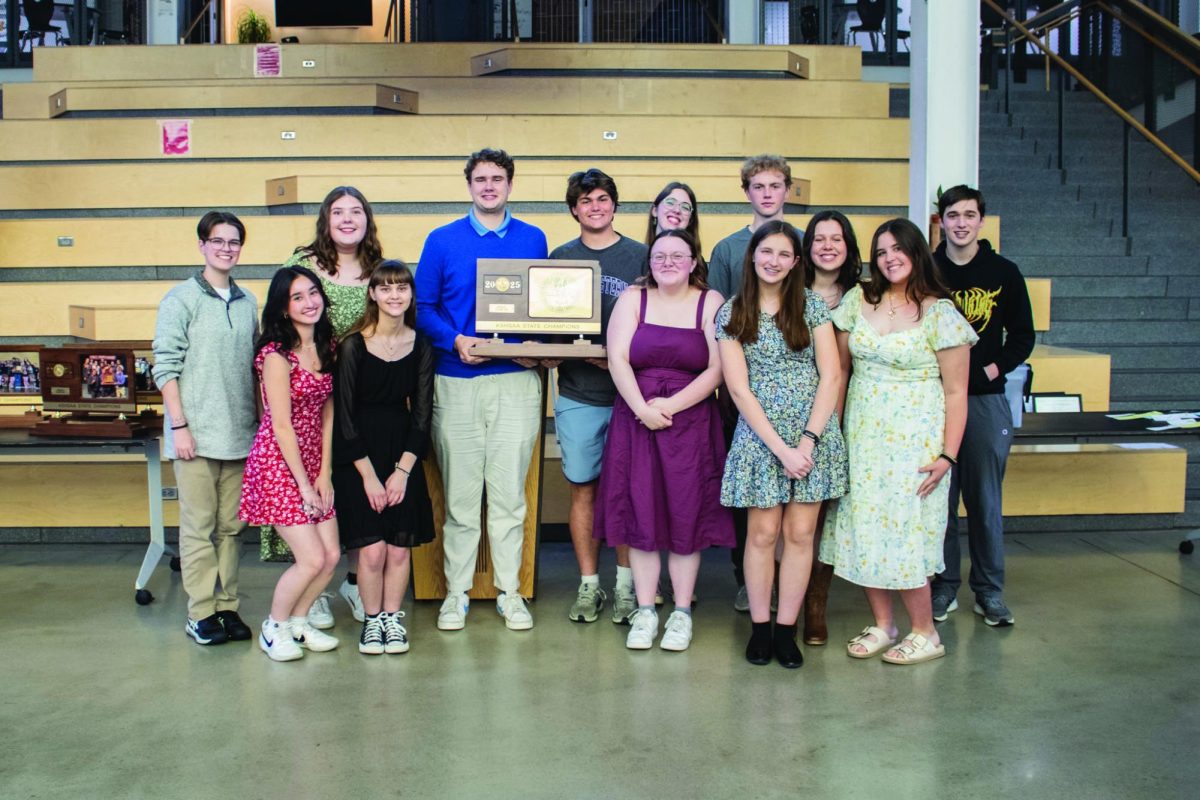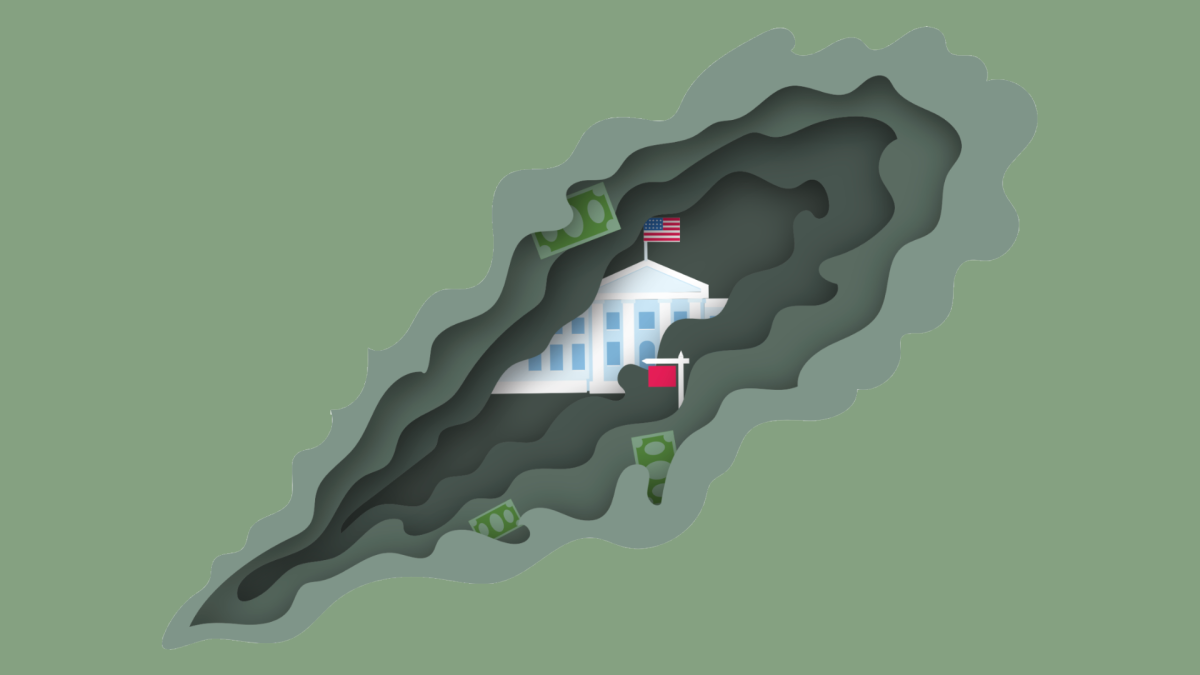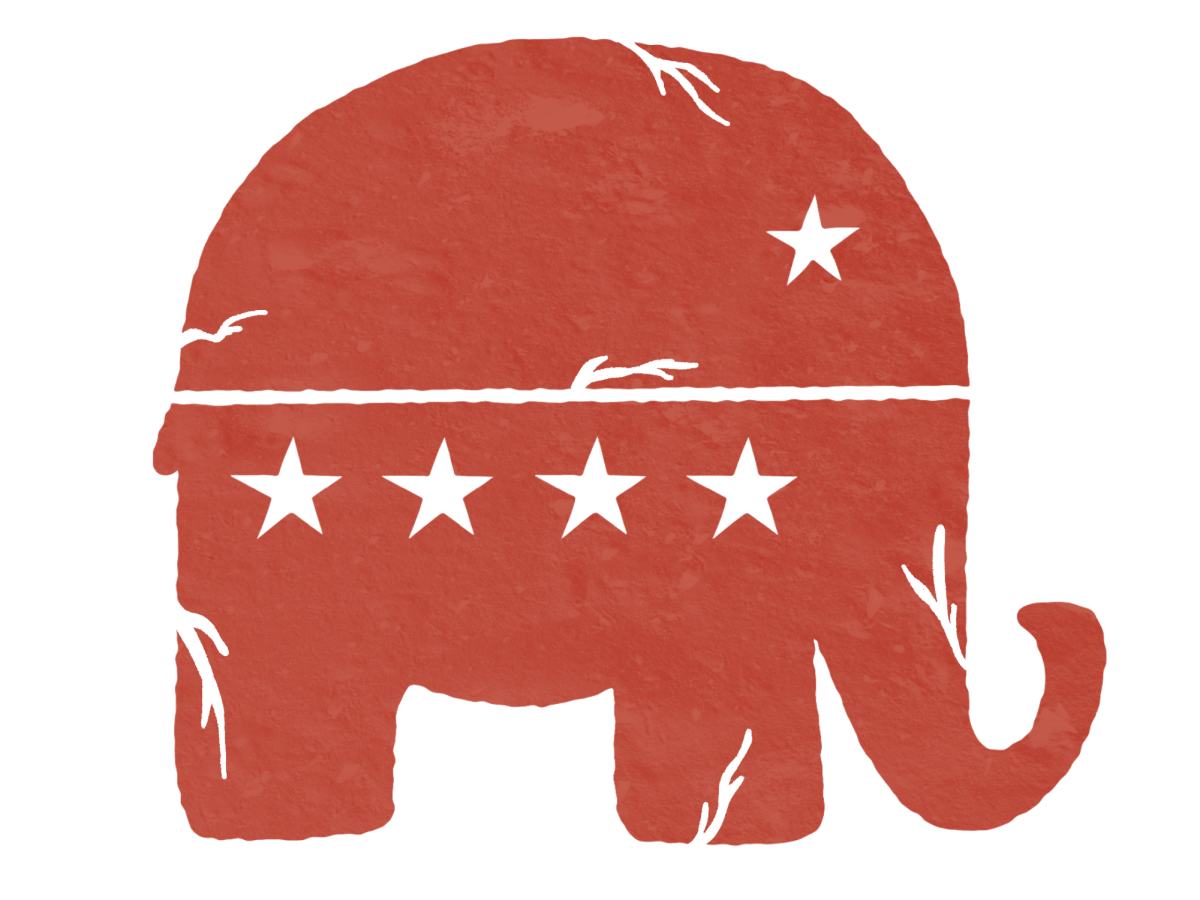On Sept. 4, just weeks after students and staff returned for the new school year, America was again burdened by gun violence in classrooms. 14-year-old Colt Gray armed himself, killing four individuals and leaving seven injured at Apalachee High School in Winder, GA.
A quarter century after the Columbine High School shooting, Apalachee High School joined the growing list of 416 other school shootings that have taken place since 1999, according to the Washington Post.
The aftermath of these attacks leaves frightened students, parents, staff and community members searching for who is to blame. However, the responsibility doesn’t completely lie with the person that pulled the trigger.
Unregulated gun ownership has become a long standing debate in American politics; many American’s national identity is associated with their right to bear arms. While other countries restrict gun rights following shootings, American politicians have been less keen to enact strict laws in favor of earning votes.
In fact, 32 states allow for teachers to carry concealed arms in case of a shooting. If lawmakers are more willing to arm teachers than to compromise on gun restrictions, then they are not interested in preventing shootings. When you have the power, why wouldn’t you use it to prevent a person from becoming a shooter instead of relying on teachers to shoot first?
Lax gun ownership laws make weapons easily accessible, with 68% of guns used in schools being taken from home or known personnel, according to the Sandy Hook Promise. In the second case where a parent has been charged following a shooting, the legal system held Colin Gray accountable for giving his son the murder weapon.
Even without directly providing access to weapons, children are exposed to violence from a young age through video games, movies and media. Research has repeatedly shown this leads to violent tendencies in children, desensitizing students to guns and how deadly guns are.
While parents and politicians hold part of the responsibility when students and staff are murdered, society is the last deterrent before a shooting.
Prior to the shooting, Gray’s mother called the school to inform them of an eerie text she received from her son reading “I’m sorry, Mom.” and urged them to check on her son. Later that morning, two teachers and two students were dead.
According to the Sandy Hook Promise, four out of five attackers’ plans are known and unreported.
Yet, understanding the signs potential shooters often exhibit could eliminate the possibility of future gun threats all together. Following the shooting, Gray’s classmates described him as reserved. While the majority of the time being quiet doesn’t correspond with being violent, 75% exhibit behaviors that concern bystanders, according to the Sandy Hook Promise.
Society’s treatment of children that don’t “fit in” leaves them to feel isolated and often depressed. These traits are overlooked in men who are conditioned to suppress their emotions and receive less mental health resources, resulting in the inability to express or process their struggles. According to The Violence Project, men are responsible for 98% of mass shootings.
As a nation, we need to stop leading our lives as if children being murdered in school is inevitable: it’s not. Society would rather turn the other way than report or take action on a threat. Gun violence is not taken seriously. Children being murdered in school is not taken seriously. Society needs to start taking the warning signs seriously.








